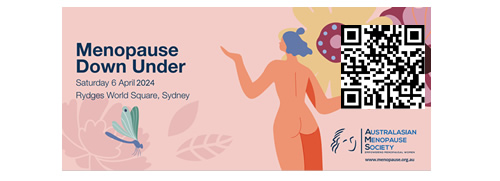9 July, 2012:
In a recent study by Gibson and colleagues, depression and anxiety symptoms were assessed in 1970 women followed up annually since premenopause for up to 10 years in a sub-study of the SWAN (Study of Women's Health Across the Nation) cohort, with the objective of examining whether mood symptoms were influenced negatively by hysterectomy, with or without bilateral oophorectomy, relative to natural menopause [1]. Women were recruited in a community-based setting, which is one of SWAN's specifications together with its multiethnic commitment [2]. They were 42–52 years of age, premenopausal, had an intact uterus and at least one ovary at baseline, as well as one or more menstrual cycles in the 3 months before. Symptoms were measured with the 'Center for Epidemiological Studies Depression Index' along with the evaluation of four anxiety items. In line with multivariate analyses, piece-wise hierarchical growth models were used to relate natural menopause, hysterectomy with ovarian conservation, and hysterectomy with bilateral oophorectomy to trajectories of mood symptoms before and after the final menstrual period or surgery.
Around 90% of the women reached natural menopause by the tenth annual visit, whereas 5.2% (n = 101) reported hysterectomy with bilateral oophorectomy and 3.9% (n = 76) hysterectomy with ovarian conservation. Depressive symptoms declined before the final menstrual period or surgery (regardless of whether the ovaries were conserved) and continued to decline afterwards. There was no significant difference in the mean rate of change in depressive symptoms relative to natural menopause. Both depressive and anxiety symptoms generally improved over the course of the menopausal transition for all women.
Hormone therapy (HT) was concurrently associated with lower levels of depressive and anxiety symptoms, while antidepressant use increased anxiety scores. HT was used at some point of the study by the majority of participants and was particularly common among women with hysterectomy and oophorectomy; but exclusion of HT users, as stated by the authors, did not affect the trajectories of changes in depressive or anxiety symptoms.






